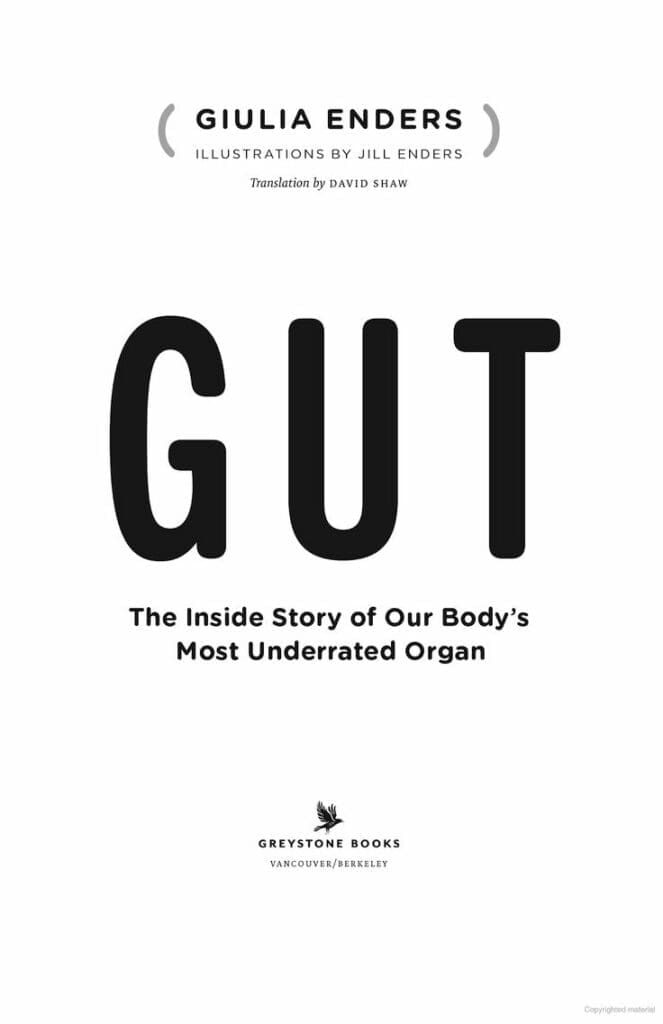Healthy Food for Gut:

Depending on what we eat, it can affect our Bacterial Diversity, functioning like an ecosystem.
In Gut science, there are two important aspects to mention:
- The first aspect is the Diversity of Bacteria.
- The second aspect is the type of Bacteria commonly called “Good” or “Bad” Bacteria, related to our gut health. This second aspect is more complex; It depends on many parameters that determine whether a bacterium is considered “Good” or “Bad.”
If we focus on Bad Bacteria, it’s important to understand that no matter what we do to reduce them, some will always exist. Even if we do our best to reduce bad bacteria, they will decrease, yes, but some will always come back into our gut, no matter what we do.
Prebiotics and Probiotics are types of food that help develop good bacteria in our gut.
Our gut contains millions or billions of bacteria. These type of food are known to positively influence bacteria.

- Prebiotics have an indirect influence, promoting the creation of Good Bacteria.
Prebiotics can be found in: Chicory Root, Jerusalem Artichoke, Dandelion Greens, Garlic, Leek, Onion, Asparagus, Wheat Bran, Whole Wheat Flour, and Raw Banana.
- Probiotics have a direct influence on the presence of Good Bacteria.
Probiotics can be found in: Sauerkraut, any type of Yoghurt, Miso Soup, and Sourdough Bread.
The Original Books from “Giulia” are available in different versions :
TED session : (Link) from “Giulia Enders” presenting her book and work.
A scientific explanation of how our Gut functions, helping us understand what is most important for protecting our gut bacteria and overall Gut health.
- German Original Version: Darm mit Charme: Alles über ein unterschätztes Organ
- First published March 10, 2014 by Ullstein (Berlin)
- Revised edition (2017): ISBN 978‑3‑550‑08184‑2 (Ullstein) Wikipedia
- Paperback edition (2021): ISBN 978‑3‑548‑37589‑2
- English translation: Gut: The Inside Story of Our Body’s Most Underrated Organ (illustrated edition)
- First English edition 2015: ISBN 978‑1‑77164‑1494 (ISBN-10: 1771641495)
- Revised edition 2018 (with new sections on the gut‑brain connection): ISBN 978‑1‑77164‑3764
- French translation: Le Charme discret de l’intestin (translation of Darm mit Charme)
- French translation published in 2015 by Actes Sud, translated by Isabelle Liber,
- Expanded edition (2017): same title, Actes Sud (with added content)
- You can also find other languages available…
- Audiobook: Shortened version read by Giulia Enders, 229 minutes, 3 CDs, Audio Media, München, 2014
Comments are closed